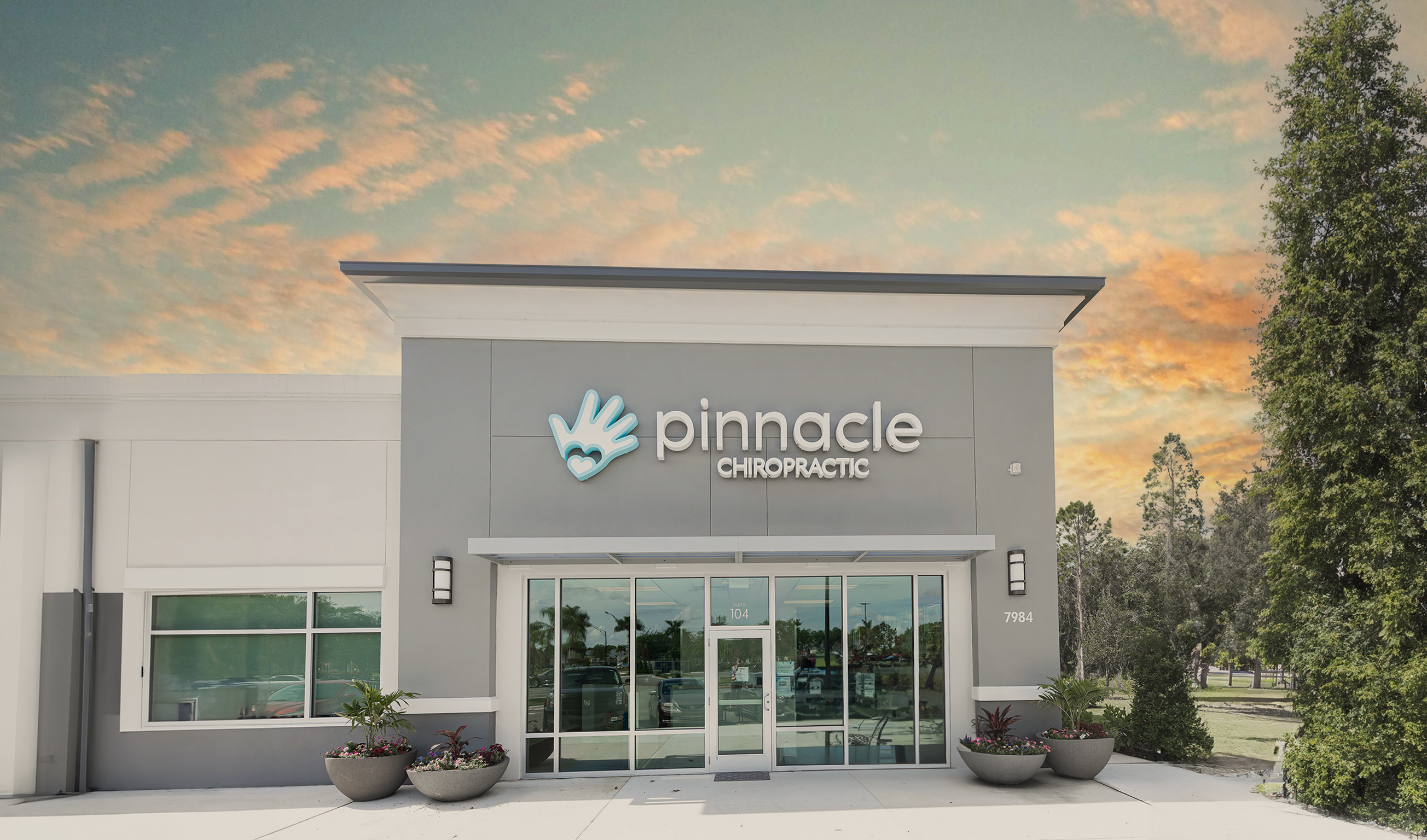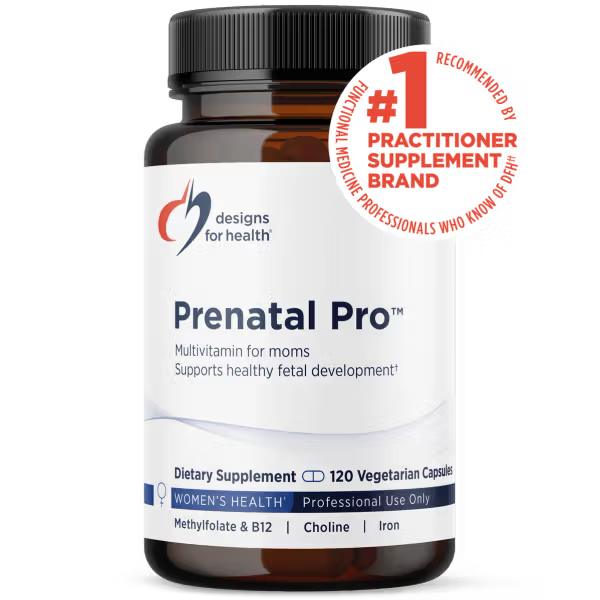Childbirth is a significant event in any parent's life, filled with anticipation, excitement, and a myriad of decisions. Preparing for this transformative experience involves understanding your options and creating a birth plan that aligns with your values and preferences. At Pinnacle Chiropractic, we support expectant mothers in making informed choices about their birthing journey. This article will guide you through the essentials of birth plans and various childbirth options, helping you feel empowered and prepared for the arrival of your baby.
What is a Birth Plan?
A birth plan is a written document that outlines your preferences for labor, delivery, and postpartum care. It serves as a communication tool between you and your healthcare team, ensuring that everyone is aware of your wishes and expectations. While it's important to remain flexible, a birth plan can help you feel more in control and reduce anxiety by clarifying your desires.
Key Components of a Birth Plan
When creating a birth plan, consider including the following elements:
- Labor Preferences:
- Your choice of labor environment (e.g., home, hospital, birthing center)
- Preferred positions for labor and delivery
- Pain management options (e.g., natural pain relief, epidural, medications)
- Use of birthing aids (e.g., birthing ball, squat bar, water birth)
- Delivery Preferences:
- Who you want present during labor and delivery (e.g., partner, doula, family members)
- Preferences for pushing (e.g., coached pushing, spontaneous pushing)
- Use of interventions (e.g., episiotomy, forceps, vacuum extraction)
- Postpartum Care:
- Immediate skin-to-skin contact with your baby
- Delayed cord clamping
- Newborn procedures (e.g., eye ointment, vitamin K shot, circumcision)
- Breastfeeding support and preferences
- Unexpected Situations:
- Preferences in case of a cesarean section
- Handling complications or emergencies
- Transfer plans if you are having a home or birthing center delivery
Exploring Childbirth Options
Understanding the different childbirth options available can help you make informed decisions that align with your birth plan. Here are some common options:
- Hospital Birth:
- Advantages: Access to advanced medical technology, pain relief options, and immediate medical assistance if complications arise.
- Considerations: Hospitals may have specific policies and procedures that can limit certain birth preferences.
- Birthing Center Birth:
- Advantages: A home-like environment with a focus on natural childbirth, access to midwives, and fewer medical interventions.
- Considerations: Limited access to advanced medical technology and emergency services compared to a hospital.
- Home Birth:
- Advantages: Familiar and comfortable environment, greater control over the birthing experience, and personalized care from a midwife.
- Considerations: Requires careful planning and access to emergency medical services if needed.
- Water Birth:
- Advantages: Water can provide natural pain relief, relaxation, and a gentle transition for the baby.
- Considerations: Not all hospitals or birthing centers offer water birth facilities, and it may not be suitable for high-risk pregnancies.
- Cesarean Section (C-Section):
- Advantages: Necessary for certain medical conditions or complications, planned C-sections allow for scheduling and preparation.
- Considerations: Major surgery with a longer recovery period, increased risk of complications to mom and baby compared to vaginal birth.
Pain Management Options
Choosing how to manage pain during labor is a personal decision and should be part of your birth plan. Here are some common pain relief options:
- Natural Pain Relief:
- Techniques such as breathing exercises, meditation, visualization, and movement can help manage pain naturally.
- Epidural:
- An epidural provides effective pain relief by numbing the lower half of the body. It is administered by an anesthesiologist and allows you to remain awake and alert during delivery.
- Medications:
- Intravenous (IV) pain medications can help reduce pain and anxiety during labor. Discuss the benefits and potential side effects with your healthcare provider.
- Alternative Therapies:
- Methods such as acupuncture, massage, and hypnobirthing can provide additional pain relief and relaxation.
The Role of Chiropractic Care in Childbirth Preparation
At Pinnacle Chiropractic, we believe in a holistic approach to childbirth preparation. Prenatal chiropractic care can support a healthy pregnancy and labor by ensuring optimal alignment and function of the spine and pelvis. The Webster Technique, a specialized chiropractic adjustment, can help improve pelvic alignment and facilitate a smoother birthing process. Regular chiropractic care can also alleviate common pregnancy discomforts, such as back pain and sciatica, contributing to a more comfortable and positive birth experience.
Conclusion
Preparing for childbirth involves making informed decisions about your birth plan and understanding your options. By considering your preferences for labor, delivery, and postpartum care, you can create a birth plan that reflects your values and goals. At Pinnacle Chiropractic, we are here to support you throughout your pregnancy journey, providing holistic care and guidance to help you achieve a healthy and positive birth experience.
If you have any questions or would like to learn more about how prenatal chiropractic care can benefit your pregnancy and childbirth preparation, please contact us today. We are dedicated to helping you and your baby enjoy a healthy start to life.










